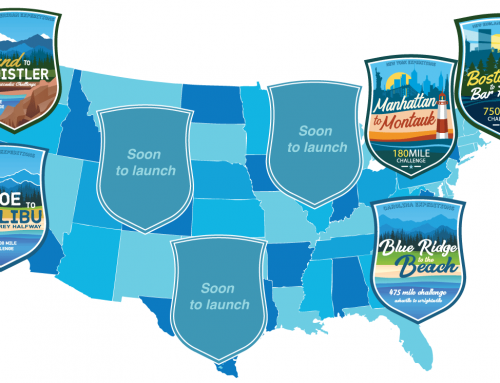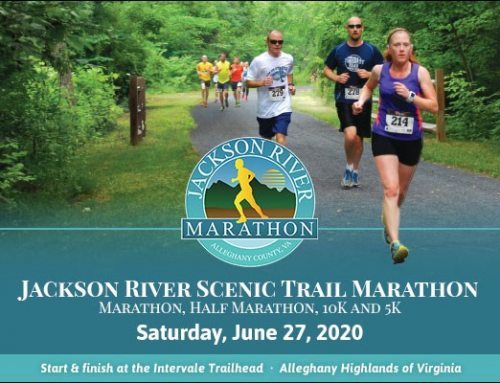By Joe Nuss
There is no such thing as “free” speed when it comes to running. You have to work at it. If you are a runner who has plateaued in performance or have an eye on some new PR’s for 2015, and have yet to incorporate track workouts into your training routine, now is the time to start. It is time to learn to love the track!
While there are a variety of ways to build speed (fartleks, hill training, and tempo runs) track workouts are considered to be the best and most efficient way to get faster. According to Brenda Averette, a run coach and owner of Peak Running & Fitness in Richmond, Va., one of the most agreed upon principles in training theory is changing the training stimulus. That is, to improve as a runner, you need to introduce the body to new stress, like the track. Many athletes find it very monotonous to run around a track; however, doing regular track workouts helps you improve both mentally and physically as an athlete. Benefits of the track include its accurate measurements, lack of traffic and the trustworthy footing. Running on a track also helps improve efficiency, as it relates to foot strike and toe-off, says Averette.
Unfortunately, if you try to run too hard or do intervals on the track too often, it could hinder your performance or, even worse, lead to injury. But, we all want to be faster, right? Whether you are training for the mile or the marathon, there are huge benefits to track workouts. Seeking the guidance of an experienced run coach like Averette is paramount in getting the most out of your time on “the oval,” especially if you do not have a scholastic or collegiate background in running. However, if you are going to make your first foray into intervals on the track on your own, there are a few things you should consider before getting started.
Regardless of the event you are training for, all runners will benefit most by reaching their ideal weight through proper diet and nutrition. Runners should also have a solid base, says Averette. Base training consists mainly of long, slow distance running by increasing your mileage gradually. Base training should be anywhere from six to twelve weeks, depending on the athlete. With those caveats in mind, here are a few tips from Averette on how to safely incorporate track workouts into your routine:
First, it’s important to recognize that a standard track is 400 meters on the inside lane. That’s about 1/4 of a mile (.248548 miles to be exact). A very simple and basic interval is done by running one lap around the track at a controlled but hard effort followed by an easy recovery lap.
Another example of a simple track interval, to get you started, is to run alternating 100m hard/100m easy for 6-12 laps depending on your current fitness level.
Typically, most runners will benefit by adding intervals once a week, or every other week, to their training routine. Interval intensity is great anaerobic training, which allows you to increase your ability to hold a faster pace for longer period of time. If you are like many runners planning on a half marathon this year, a good track workout to include in your training would be 6-10 x 1000m at your current 10k race pace, with a 200 meter jog recovery. It’s a good combination of speed and endurance to help with your training for a half marathon.
Be sure to respect other runners when using the track. Basic “track etiquette” includes running counterclockwise with the exception of warming up or cooling down, then run in the other direction on the far outside lane, giving the runners doing a workout the right of way. The faster runners should get the inside lane, if doing a interval workout and coming up from behind another runner on inside line, politely shout “Track,” and they should move over to let you pass. Being respectful of others on the track is important, says Averette.
To get the most out of your time on that magical oval, it is best to work with an experienced run coach, like Averette, or many others in Virginia. For information on coaching levels please visit the USA Track & Field site.
The Road Runners Club of America is a great resource for finding that coach who can take you to the next level and get that long-awaited PR.








